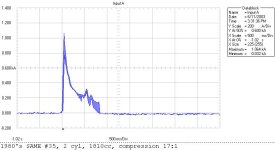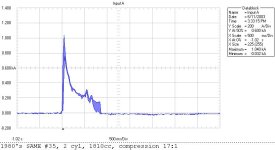hazmat
Elite Member
- Joined
- Feb 12, 2002
- Messages
- 4,034
- Location
- West Newbury, MA & Harrison, ME
- Tractor
- Kubota L5460HSTC
<font color="blue"> It's gotta be the varying frictional coefficent of different metal chrystalline lattice form contact boundary layers subjected to thermodynamic pressure that make the difference Nomad. </font>
Egon,
You're making me re-live my tribology class from college. /forums/images/graemlins/confused.gif /forums/images/graemlins/confused.gif /forums/images/graemlins/shocked.gif
Egon,
You're making me re-live my tribology class from college. /forums/images/graemlins/confused.gif /forums/images/graemlins/confused.gif /forums/images/graemlins/shocked.gif

